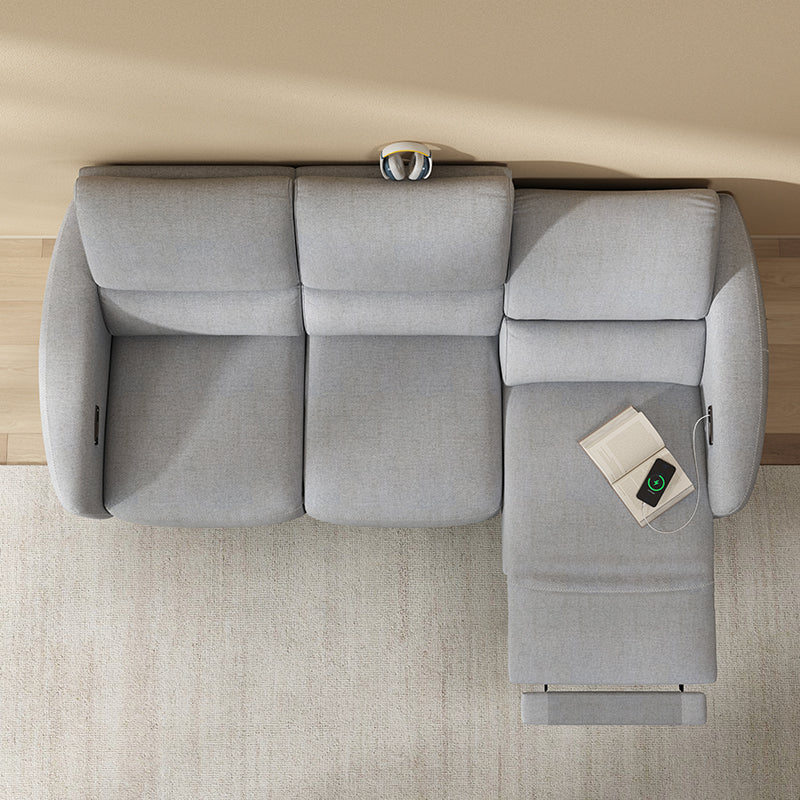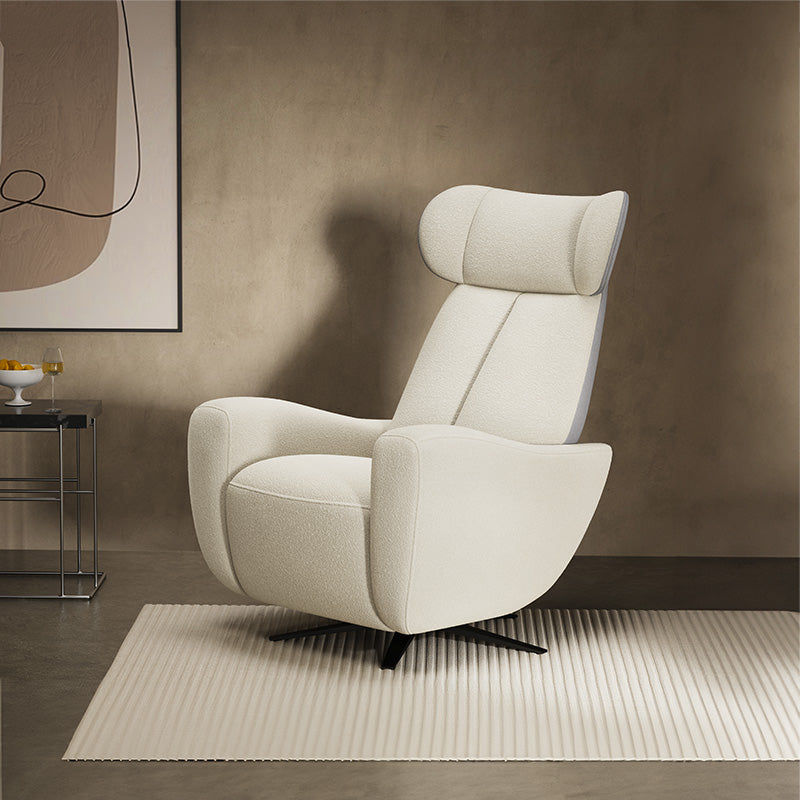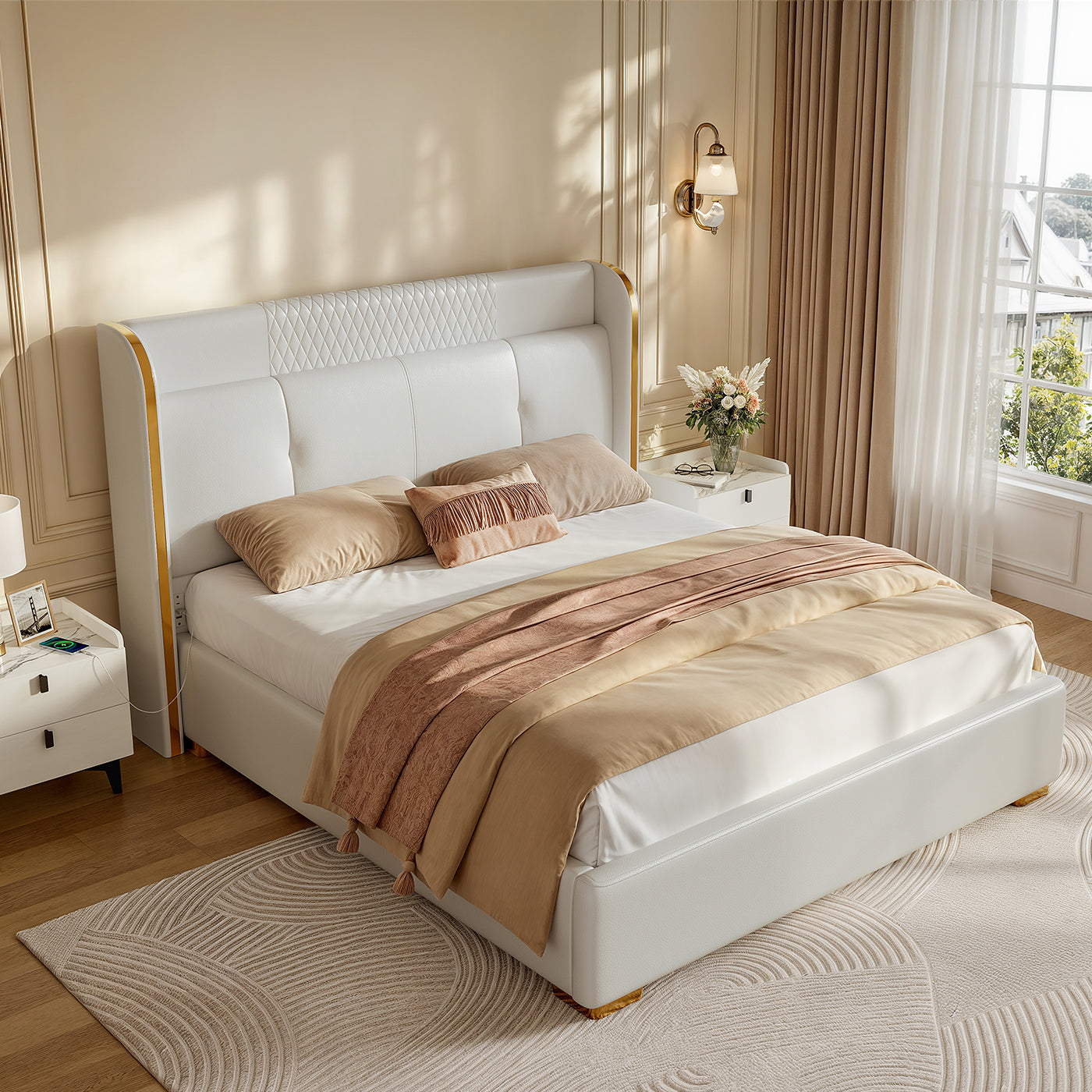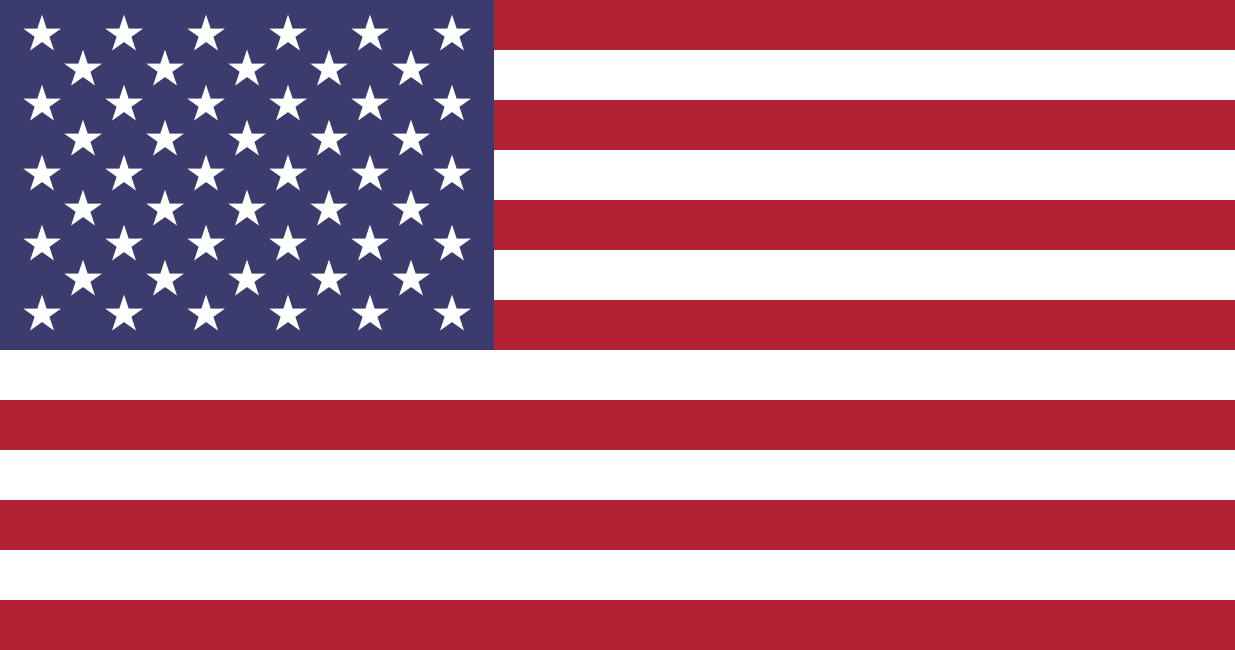Drawing a couching figure can be both challenging and rewarding. Capturing the dynamics of this pose involves understanding human anatomy, proportions, and the interplay of light and shadow. Whether you're an aspiring artist or looking to improve your skills, this guide will help you break down the process into manageable steps.
Table of Content
Understanding the Couch Pose
Before you begin, it's important to understand the essence of a couch. This pose typically involves bending the knees and lowering the torso toward the ground, often with the arms positioned in front of or alongside the body. The key aspects to consider are:
1. Proportions:
The couching figure is more compact, with limbs and torso adjusted to reflect the lowered center of gravity.
2. Balance:
The figure must appear stable, with weight distributed between the feet and possibly the hands.
3. Gestures:
A couch can convey emotion, tension, or readiness, so consider the character's intention when posing.
Materials You'll Need
Gather the following materials before starting:
- Pencils (HB, 2B, 4B)
- Eraser
- Sketchbook or drawing paper
- Reference images (optional)
- Fine-tipped pen or markers (for inking)

Step-by-Step Guide to Drawing a Couch
Step 1: Basic Shapes and Guidelines
Start by sketching simple geometric shapes to represent the main parts of the body.
1. Head: Draw an oval for the head.
2. Torso: Add a rectangle or triangle for the torso, slightly leaning forward.
3. Hips: Sketch a smaller rectangle to represent the hips, positioned just below the torso.
4. Limbs: Use cylinders for the arms and legs. The arms can extend slightly in front, while the legs should be bent at the knees.
Step 2: Defining the Figure
Once you have the basic shapes, refine the outline of the figure.
1. Adjust Proportions: Ensure the limbs are proportionate to the torso. In a couch, the legs may appear shorter due to the bending at the knees.
2. Outline the Form: Smooth out the geometric shapes into more organic lines, emphasizing the curves of the body. Pay attention to the flow from the shoulders to the hips and down to the knees.
Step 3: Adding Details
Now it's time to bring your figure to life with details.
1. Facial Features: Lightly sketch the facial features, considering the perspective of the couching position. The chin may tuck closer to the chest.
2. Hands and Feet: Draw the hands resting on the ground or clasped in front. For the feet, ensure they are flat on the ground, with toes slightly splayed.
3. Clothing: If your figure is dressed, add the folds and creases that would naturally occur in a couching position.
Step 4: Shading and Texture
Adding shading will give your drawing depth and dimension.
1. Light Source: Determine the direction of your light source. This will guide where shadows and highlights fall on the figure.
2. Shading Techniques: Use hatching, cross-hatching, or blending techniques to create shadows. Areas like under the chin, behind the arms, and beneath the legs will typically be darker.
3. Textures: If clothing is present, use varied strokes to indicate different textures, such as denim or cotton.
Step 5: Final Touches
Review your drawing for any final adjustments.
1. Clean Up: Erase any unnecessary guidelines or rough lines that distract from the final image.
2. Inking (Optional): If you wish, go over your pencil lines with a fine-tipped pen or marker to create a bold outline. Wait for the ink to dry before erasing any remaining pencil lines.
3. Background (Optional): Consider adding a simple background to provide context for the couching figure. This could be as minimal as a ground line or as detailed as a full scene.
Tips for Success
- Use References:
Study photos or real-life examples of couching poses to understand anatomy better.
- Practice Gesture Drawing:
Quick sketches of various couching figures can help improve your understanding of movement and form.
- Be Patient:
Mastering the couch pose takes time and practice, so don’t be discouraged by initial attempts.
Conclusion
Drawing a couching figure is a valuable skill that enhances your artistic abilities and understanding of human anatomy. By breaking down the process into simple steps and practicing regularly, you’ll be able to capture the essence of a couch with confidence. Embrace the journey of learning and keep refining your technique—your skills will undoubtedly grow over time!

If you want to buy our home furniture or couch for living room, you can check out more on our store


























